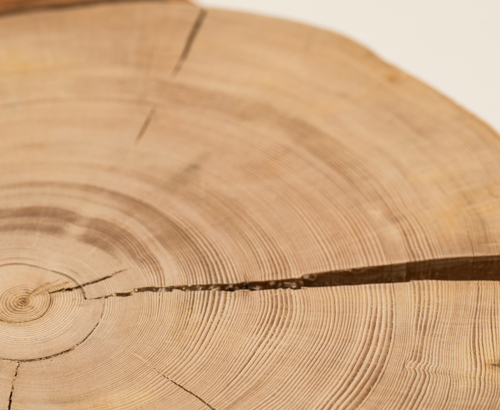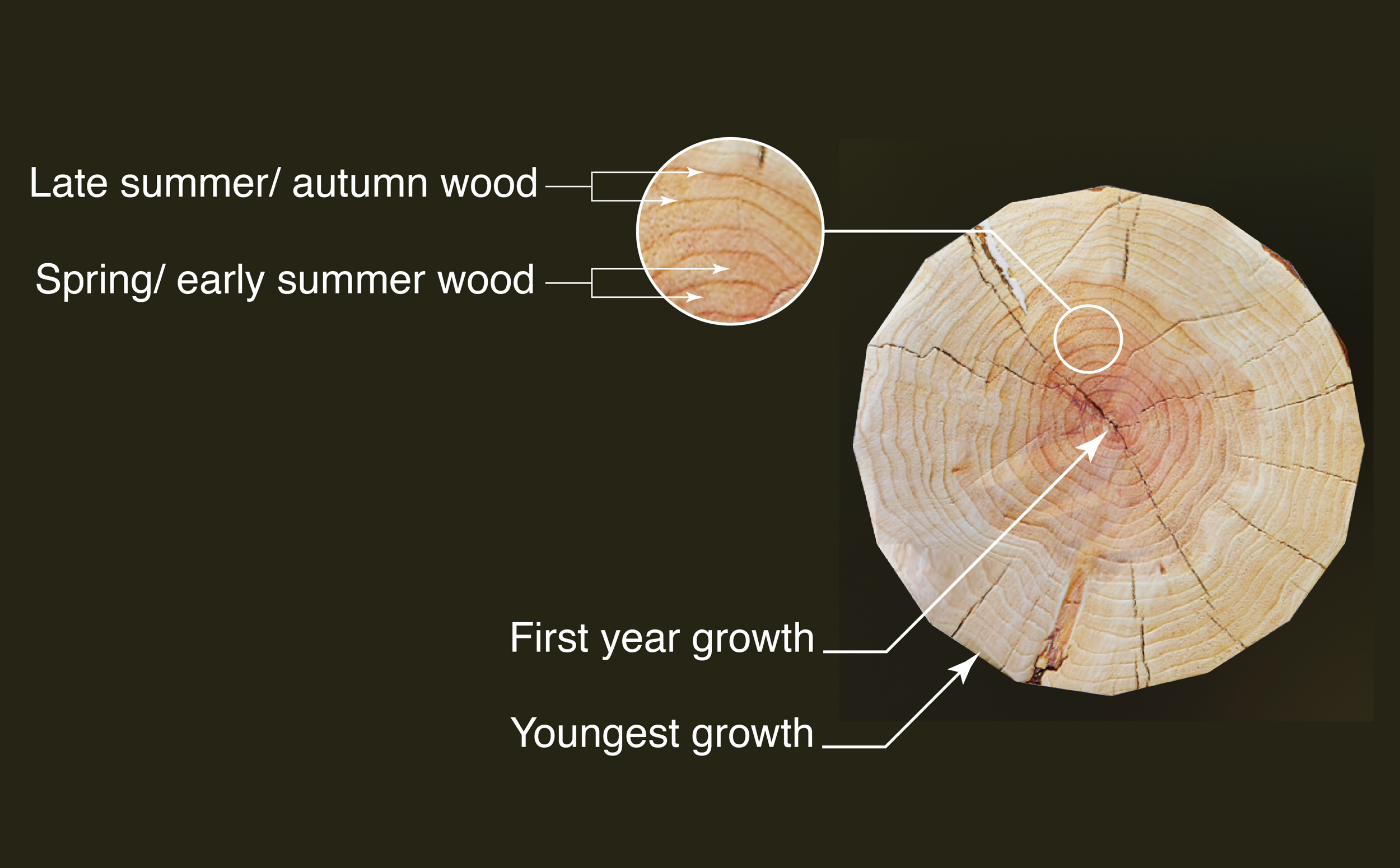Interpreting the Climate Archives
The Earth’s climate is constantly changing. Palaeoclimatology (the study of the climate in ancient times) can help scientists to determine the causes of climate change today and predict future developments. Meteorological data has only been scientifically measured for the past 300 years, and historic meteorological records are few and far between. How do scientists obtain meteorological data for past ages, before human beings even existed?
Nature has indirectly preserved the history of the Earth’s climate. Through studying natural materials such as tree rings, glaciers, corals, and lake and marine sediments, scientists have reconstructed the climatic history of past ages. For example, gaseous contents in the ice cores give clues about air temperatures in ancient times, while microfossils in marine sediments reflect changes in marine environment. As we cannot use instruments to measure palaeoclimate indices such as temperature directly, these natural materials serve as ‘proxy indicators’. The indirect palaeoclimatic data stored within them can be studied by scientists and used to reconstruct the Earth’s climatic history.

The study of tree rings as a ‘proxy indicator’ in climate research was pioneered by the American astronomer Andrew Ellicott Douglass (1867−1962). Tree rings are formed every year as trees grow wider and higher. Their seasonal growth in girth forms measurable concentric rings, which can be observed on the cross-section of a tree trunk. Trees grow faster during the spring and summer, when sunshine and rainfall are plentiful, and produce larger xylem cells with thinner cell walls, resulting in light-coloured rings. Growth slows during autumn and winter, and the rings formed are darker and narrower. Tree rings indicate the age of a tree, and the thickness of the rings also reflects the environmental conditions in which they were formed, including hydrological conditions (natural variations of water such as the amount of precipitation and evaporation), air temperatures and seasonal changes. Wider intervals indicate warm weather with sufficient precipitation, while narrower intervals point to occurrences of drought or severe cold. Specific marks are also left in tree rings by unusual climatic events such as wildfires and earthquakes. Through analysing trees of different ages and in different regions, researchers can deduce how the climate has changed over time.
Not all trees can be used to reconstruct past climatic conditions. Generally, trees that grow in a severe environment, where the temperature is less favourable for plant growth or the water supply is limited, are more sensitive to subtle climatic changes and therefore better suited to palaeoclimatological studies. In arid and semi-arid regions, tree growth is usually limited by the availability of water, and the tree ring indicators primarily reflect seasonal moisture conditions. Closer to the latitudinal or altitudinal treeline, tree growth is mainly limited by temperature, and the tree ring indicators reflect temperature fluctuations. Scientists usually collect numerous tree samples from the same location, comparing their results before reaching their conclusions. At present, there are at least twelve large-scale laboratories in the world researching the evidence gathered from tree rings. Evidence has been collected from over 4,000 inspection locations in every continent except Antarctica.
Advances in research tools and techniques have enabled scientists to obtain useful information from living, dead and fossilized trees. Dendroclimatology (the study of past climate from tree rings) has provided important insights into climatic conditions in ancient times. Our latest exhibit in the Jockey Club Museum of Climate Change vividly demonstrates how a knowledge of climatic conditions in the remote past can help us better understand the crisis that threatens us today.
References
1. |
NASA’s Jet Propulsion Laboratory. (2017). Tree rings provide snapshots of Earth's past climate. Retrieved from:https://climate.nasa.gov/news/2540/tree-rings-provide-snapshots-of-earths-past-climate/. |
2. |
The New York Times. (2019). Chronicles of the Rings: What Trees Tell Us. Retrieved from: https://www.nytimes.com/2019/04/30/science/tree-rings-climate.html |
The United Nations Sustainable Development Goals (SDGs) related to this article include:
Goal 9: Industries, Innovation and Infrastructure













